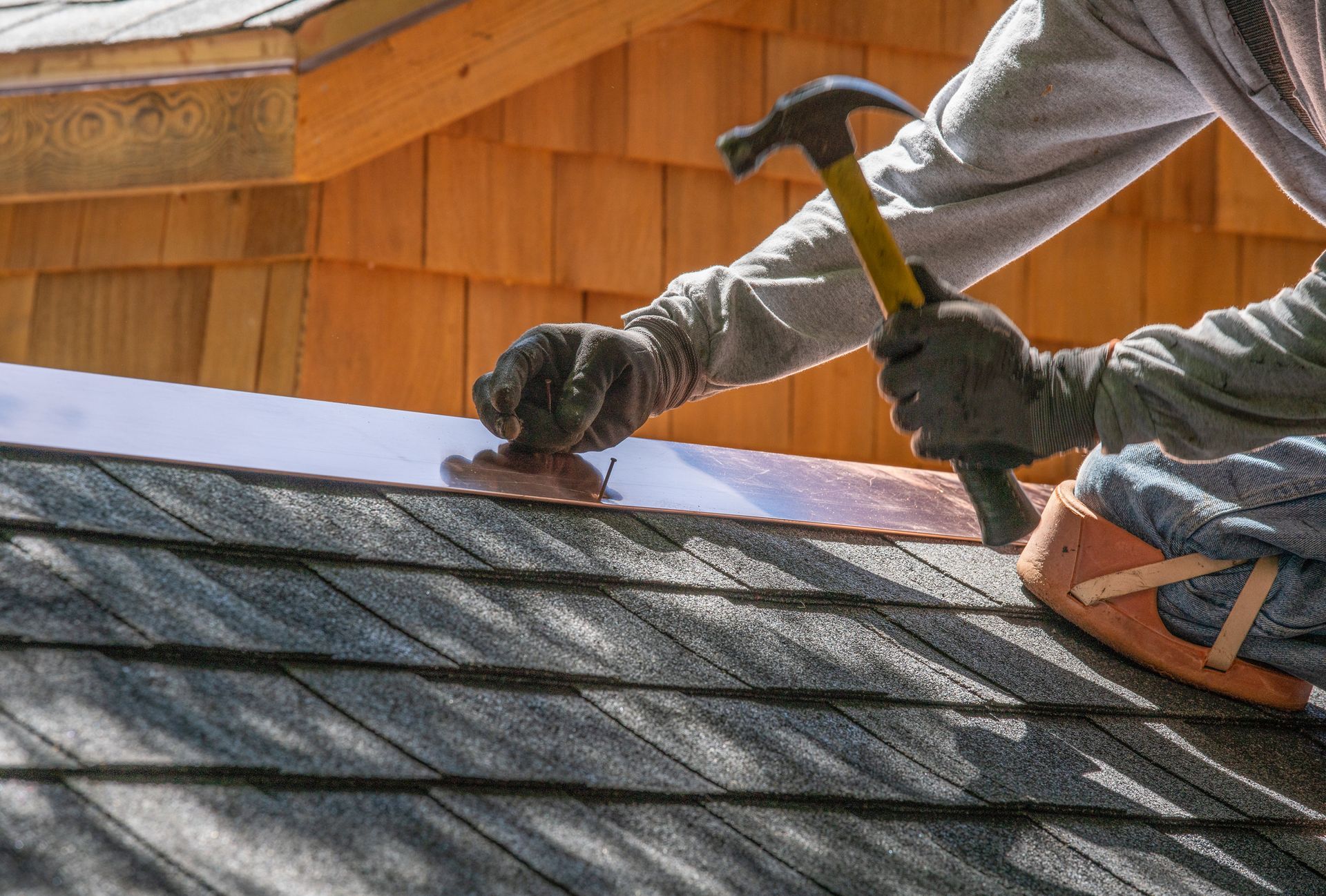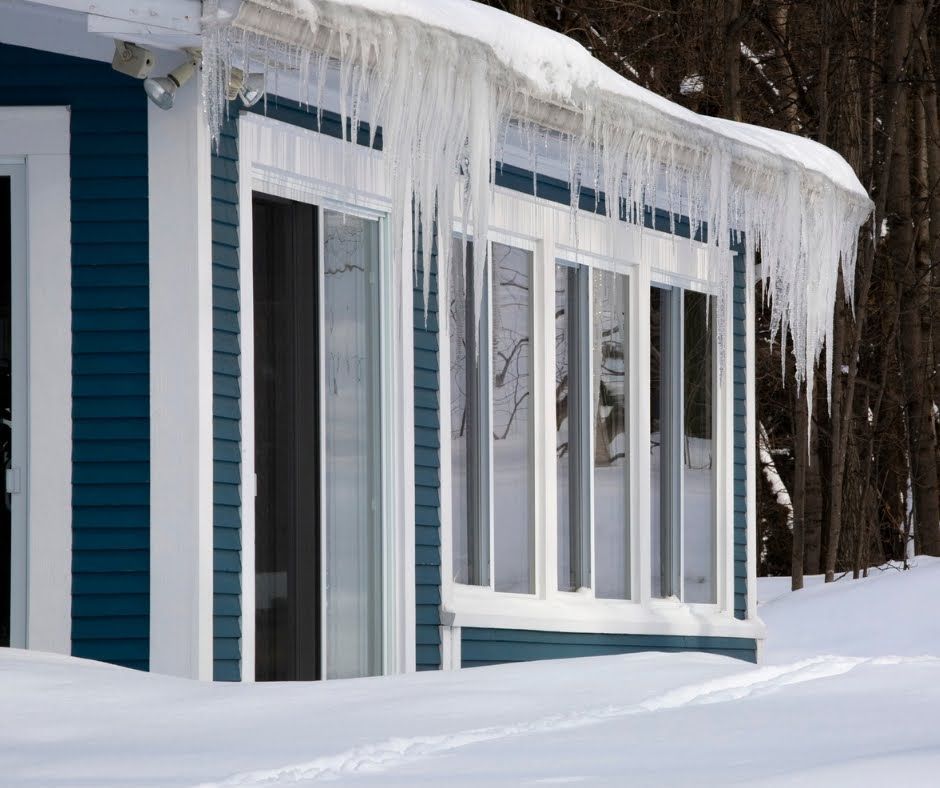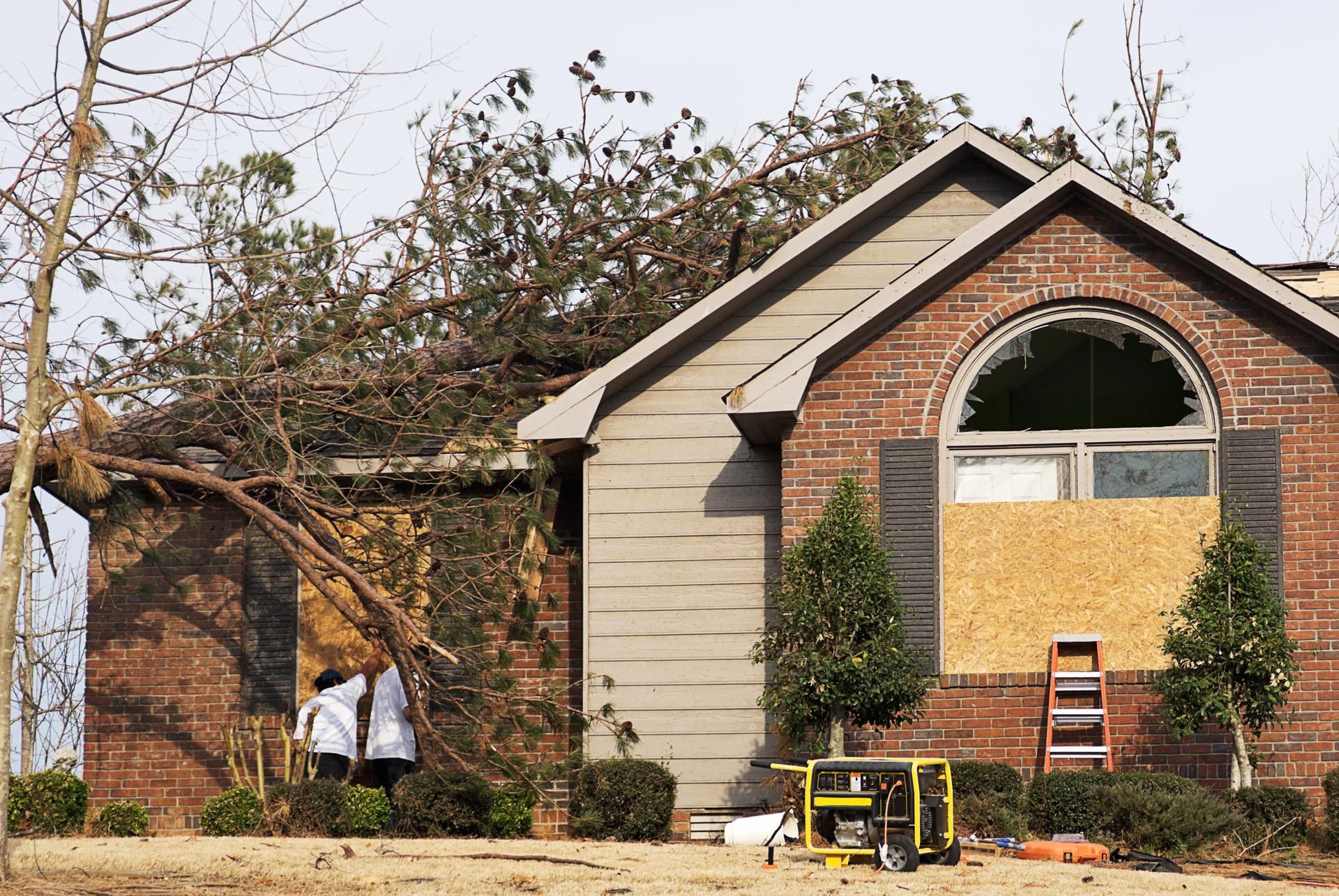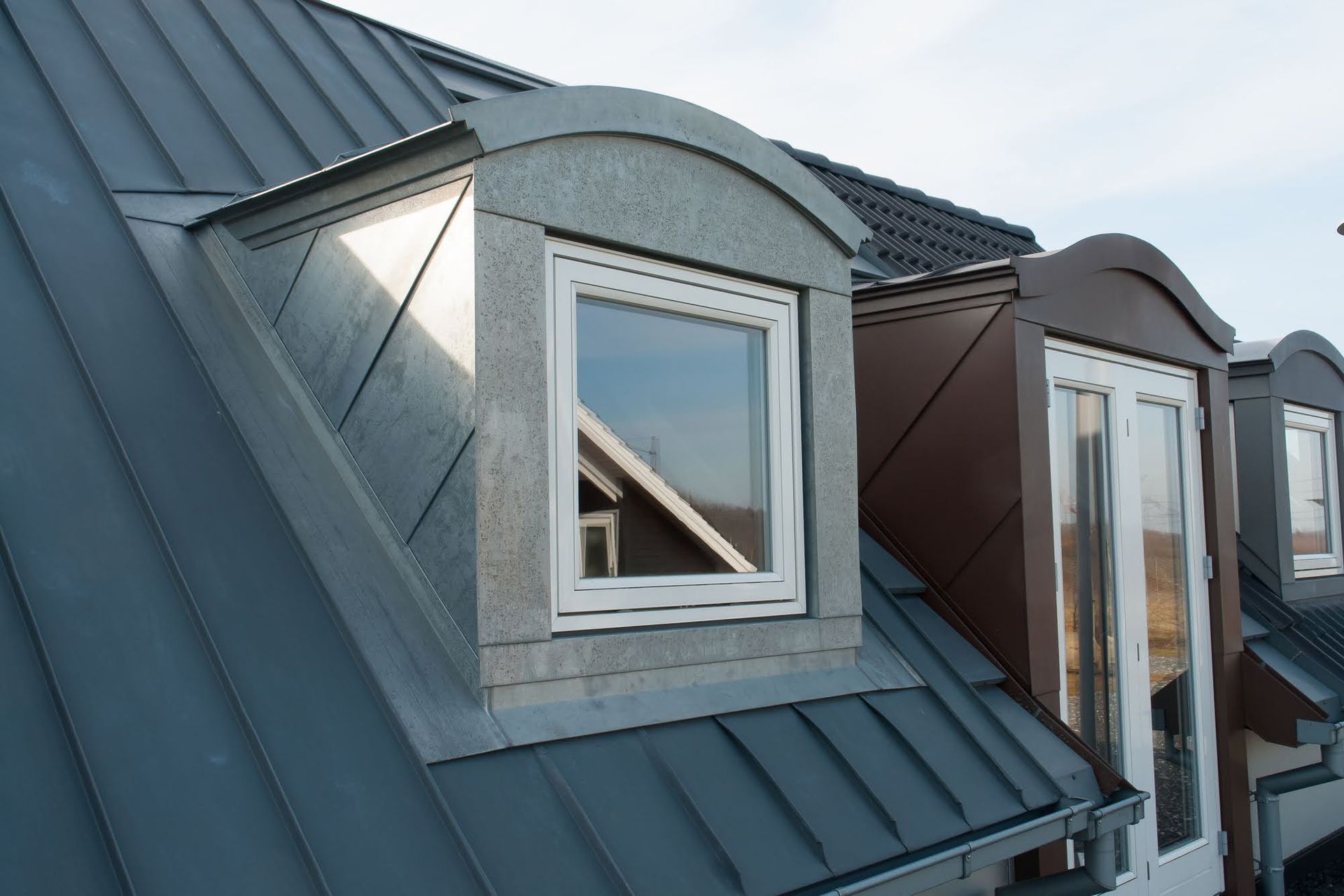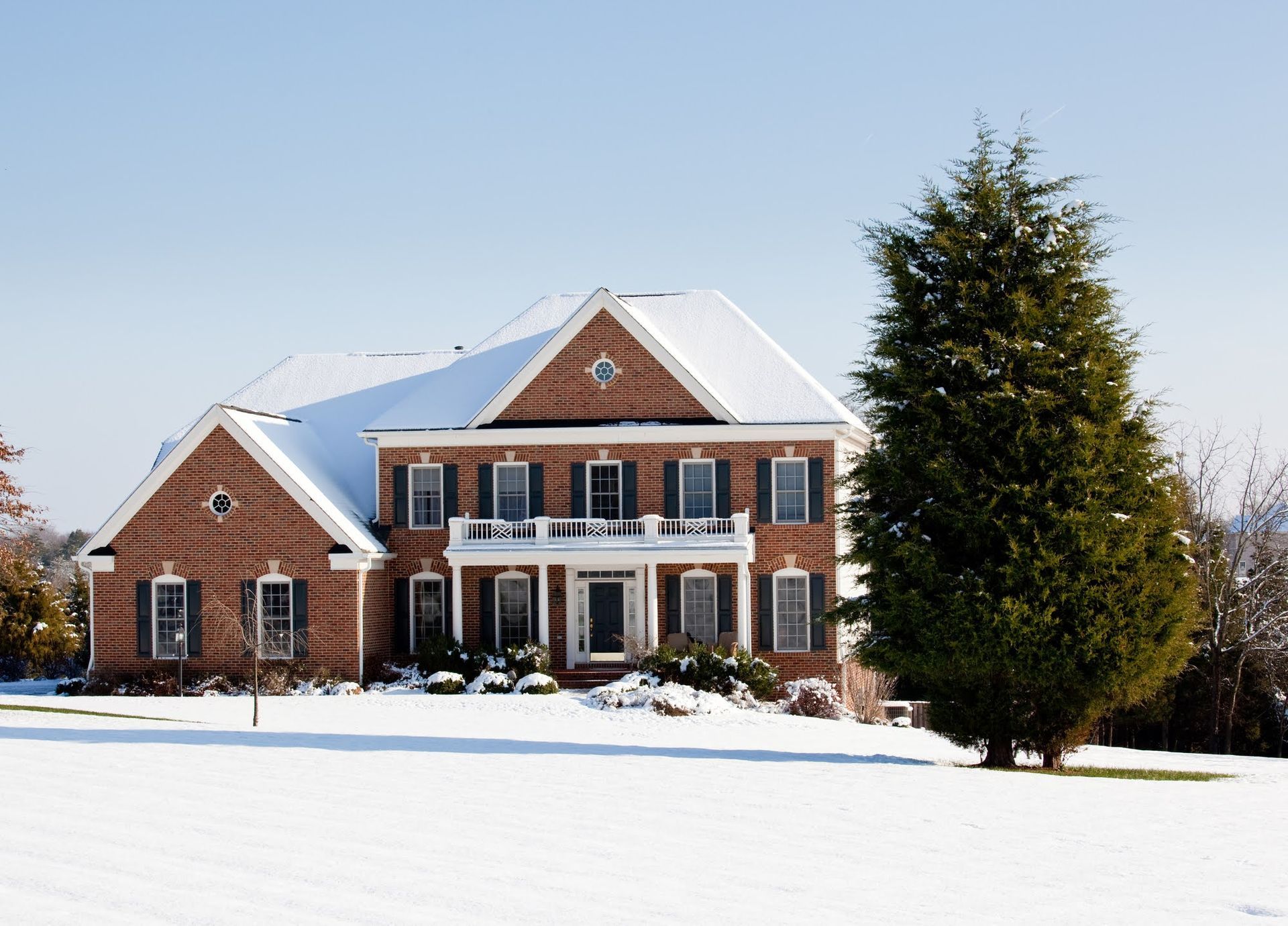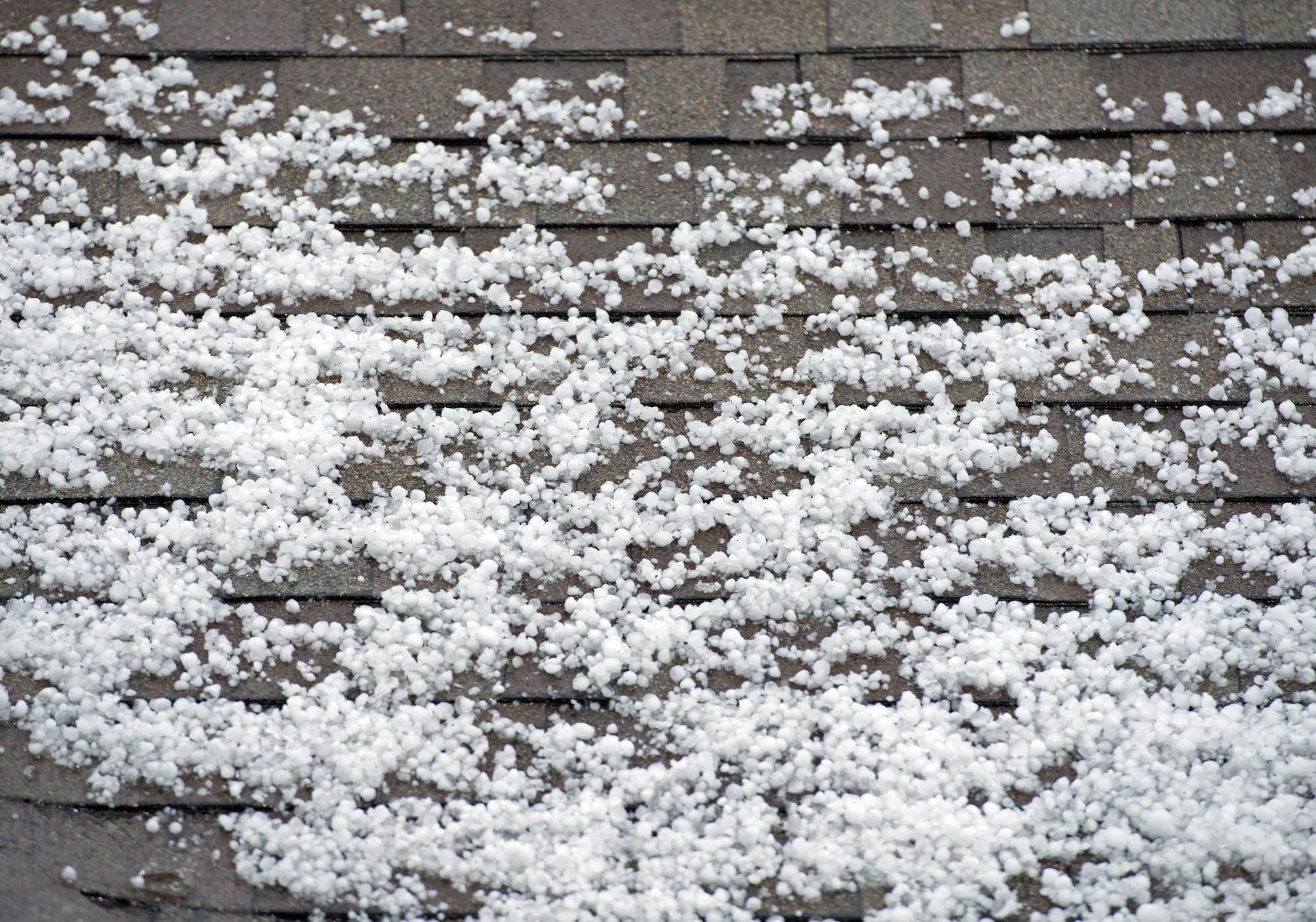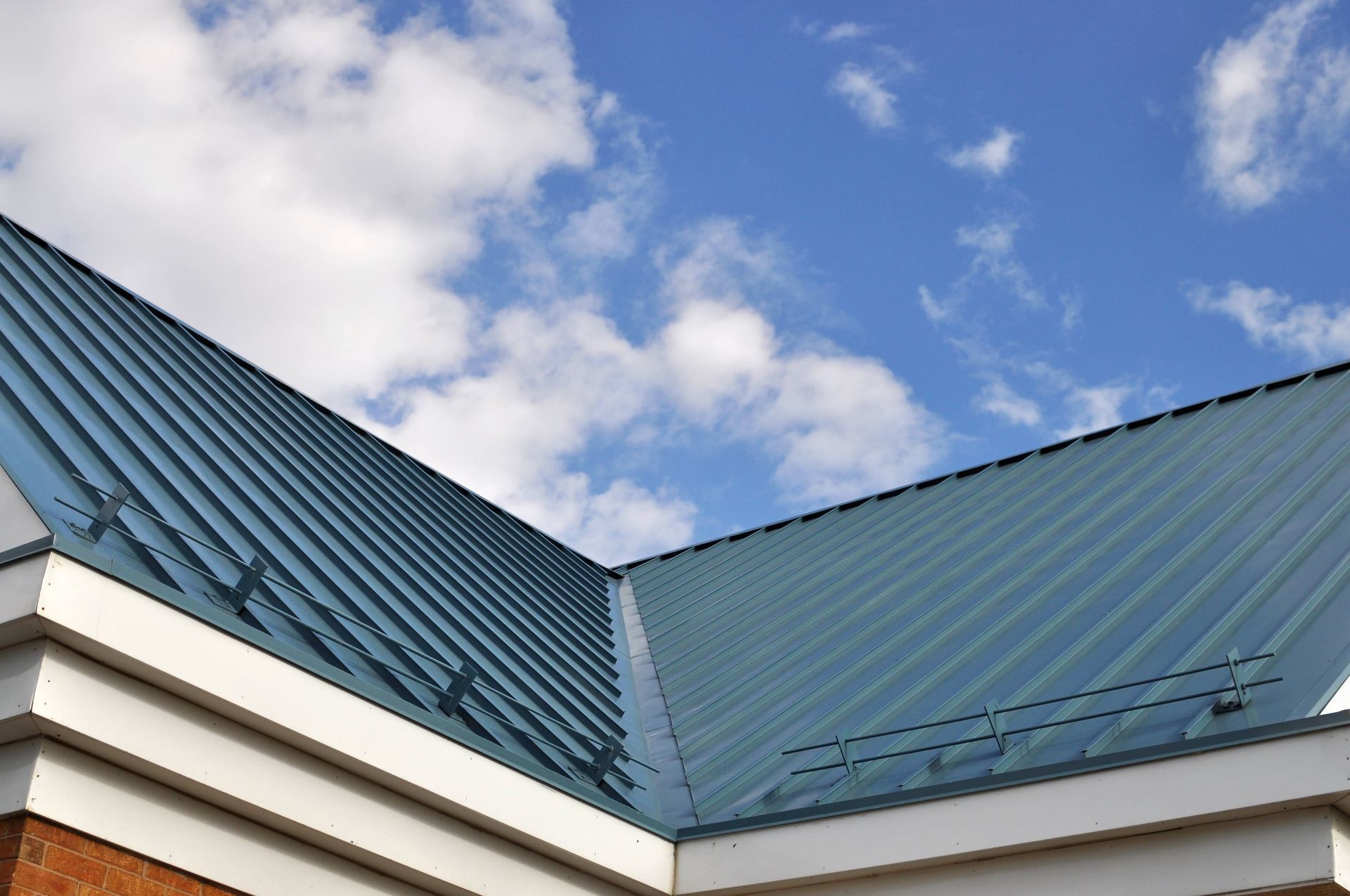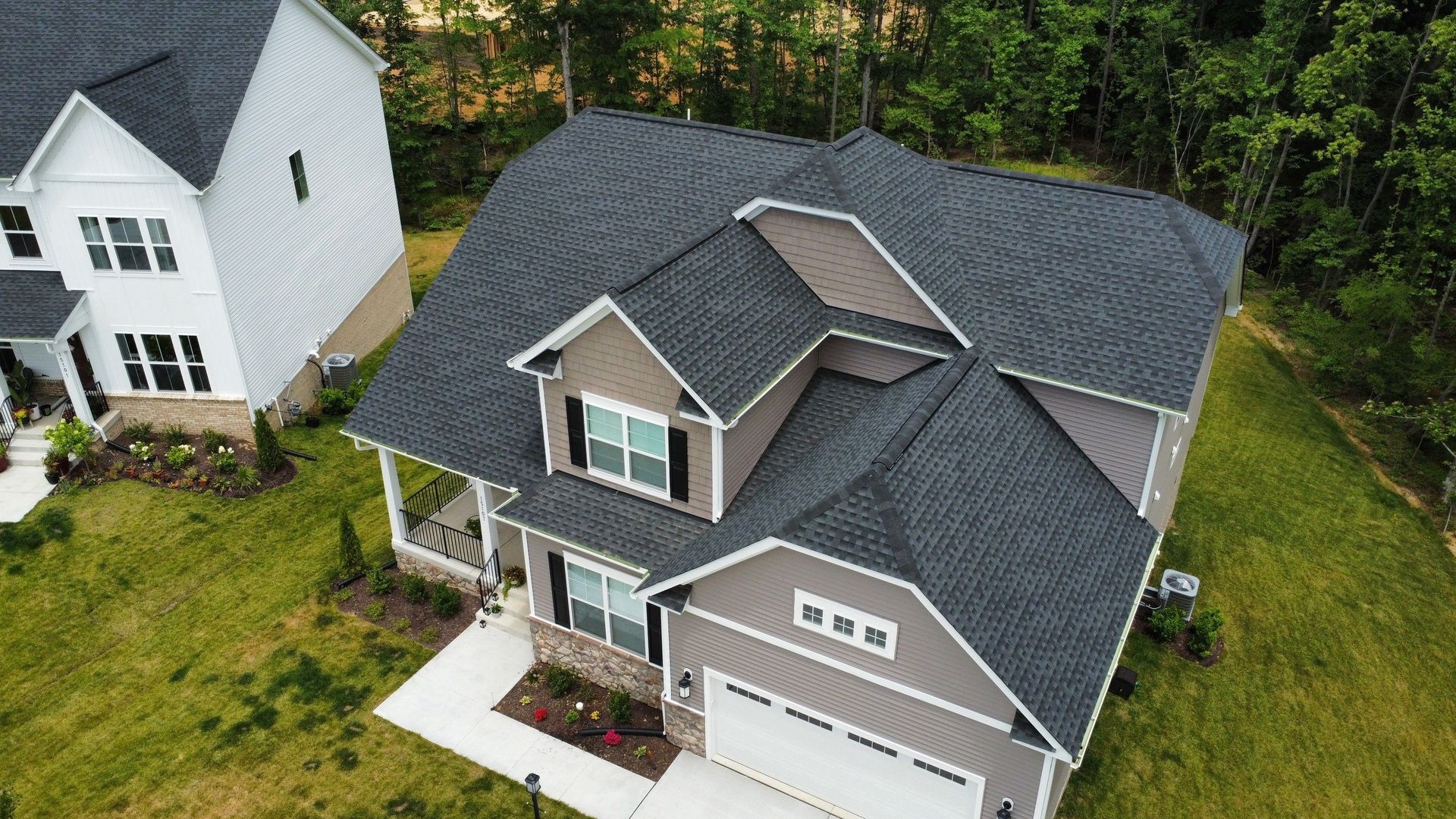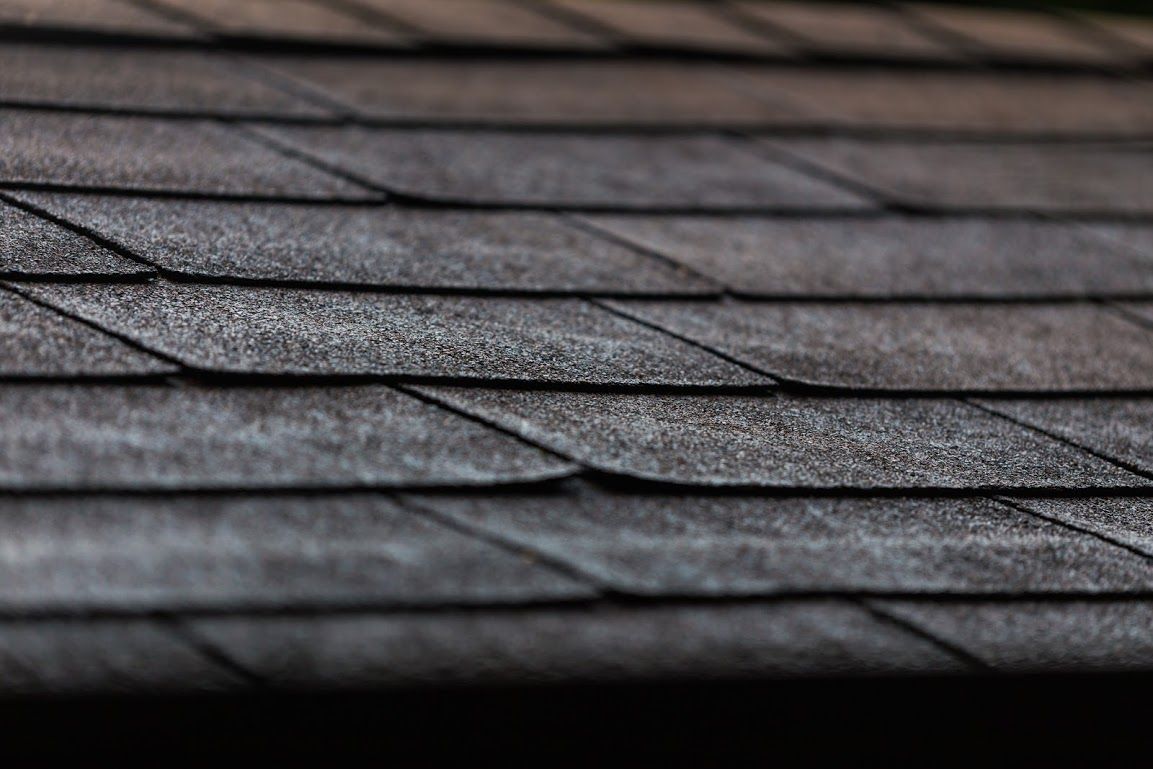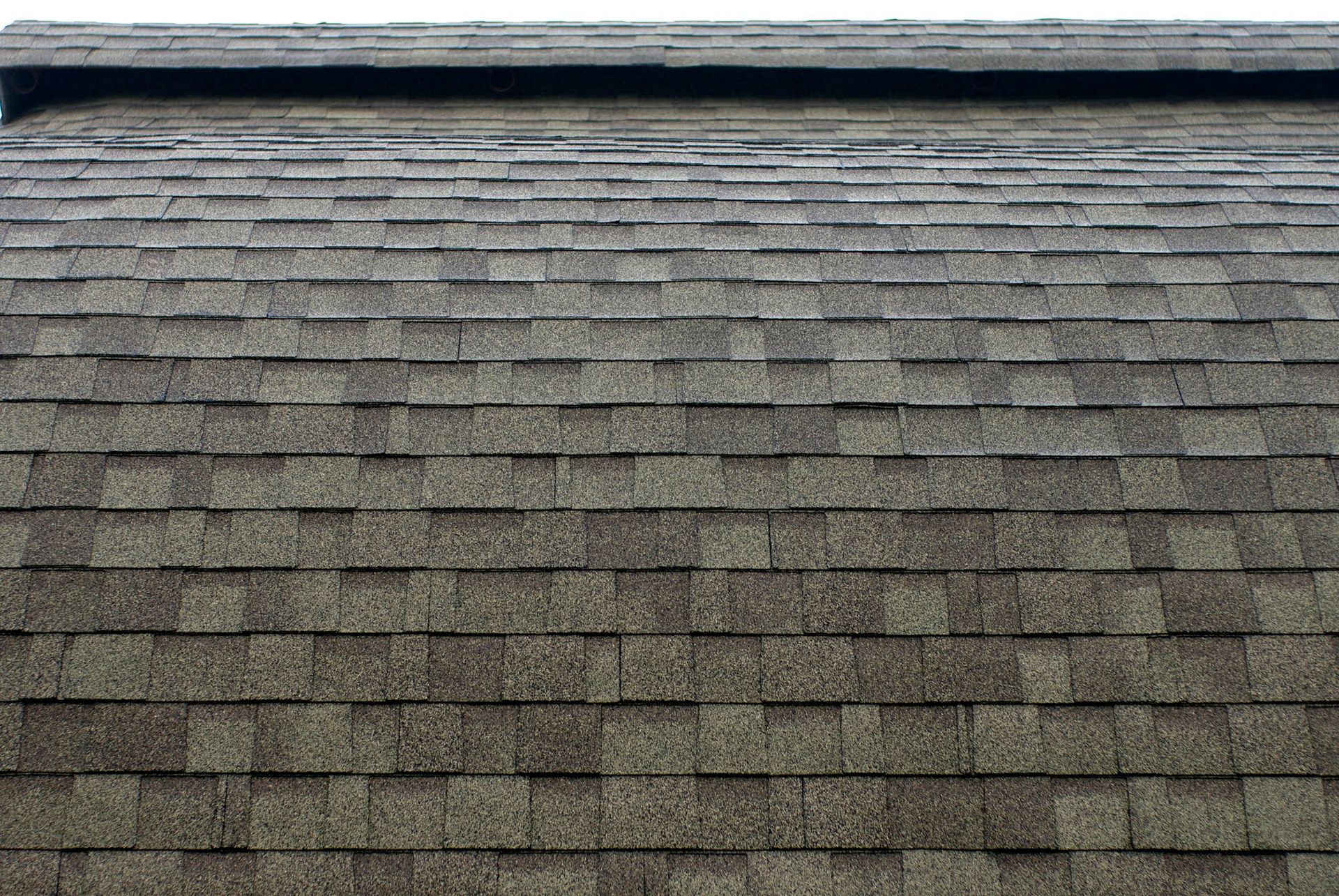3 Things to Consider Before Installing a Skylight
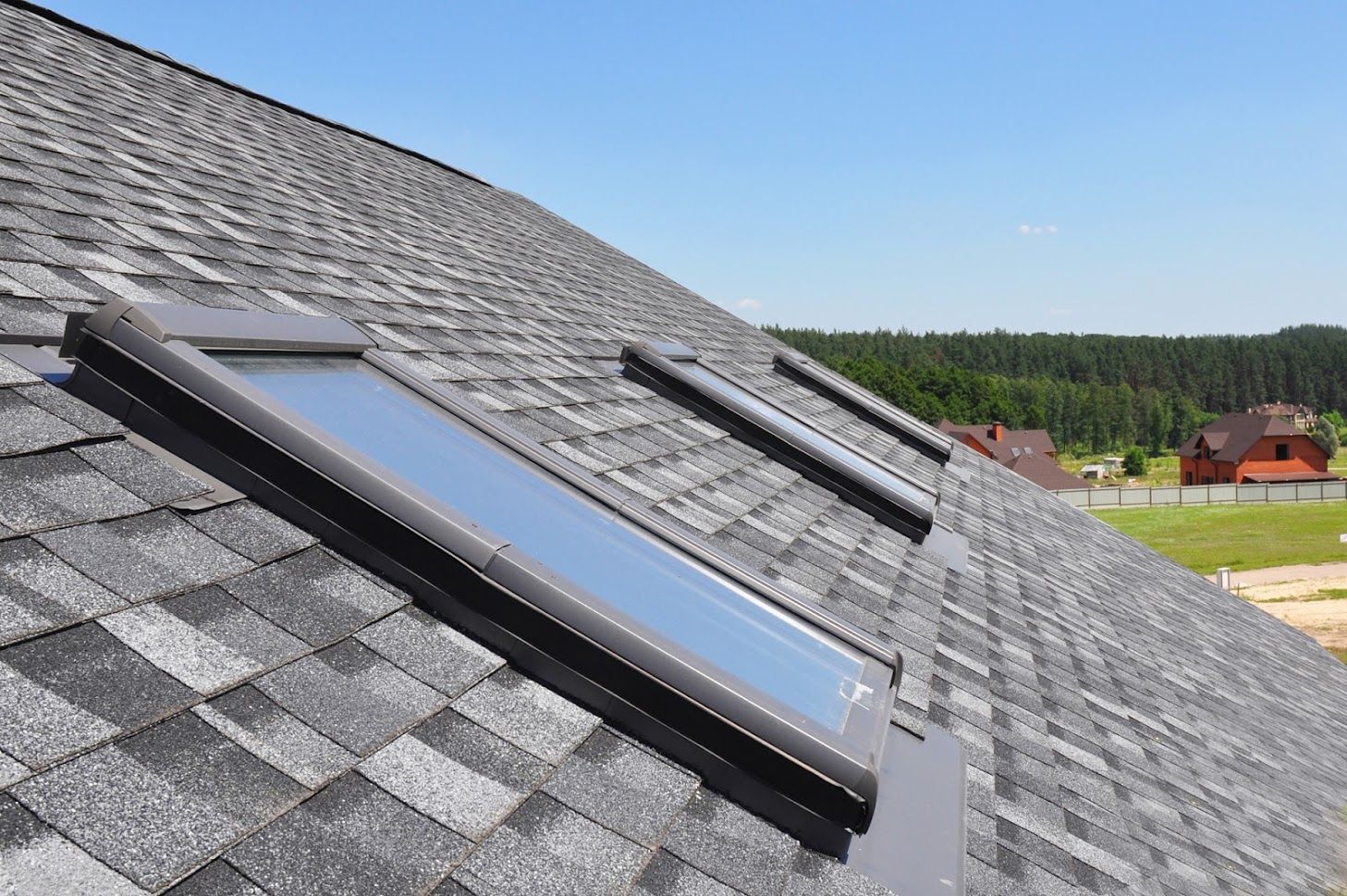
A skylight is the opening in a roof covered by a translucent material such as glass, plastic, or fiberglass. Skylights offer extra light and ventilation in the room. Skylights are common in kitchens and bathrooms but can also function in rooms with a high ceiling. A skylight can modernize a room and make it feel bigger.
While skylights have their appeal, installing a skylight in your home is not as simple as it may seem. A skylight is an investment, and you ought to deliberate carefully before installing one. If you have considered installing a skylight in your home, do a little bit of research before the installation process commences.
Below are a few things to consider before installing a skylight in your home.
1. Skylight Placement
The best place for a skylight depends on several factors. The factors include ease of installation, home design, the function of your home, and personal preferences. Determining the best place for your skylight can make a significant difference in how much natural light you get.
Skylight placement also determines the amount of heat lost in your home and your heating and cooling costs. A skylight in the wrong location can cause problems such as overheating, mold, leaks, and moisture stains.
As a rule of thumb, place skylights where obstructions do not block them, such as trees or houses on opposite sides of the sky. Also, consider how much natural light your room gets from the sun during different times of the day. Placing a skylight in any room that already has a window can make the room very bright.
If the skylight has a roof hatch, make sure it can open and close easily.
2. Glass Type
The most common material for skylights is glass. The type of glass will depend on the skylight's use and the size of the skylight itself.
Skylight glass is often tempered glass, which is a safety feature that minimizes injury in the event of breakage. Glass with a light-diffusing coating provides privacy, diffuses natural light, and reduces glare. Coated or laminated glass on a skylight provides resistance to scratches, impact, corrosion, and condensation.
The U.S. Department of Energy (DOE) recommends looking for NFRC and ENERGY STAR labels for skylights. Generally, glass has a material impact on skylight performance. Therefore, take time to learn about the different types.
3. Local Weather
Skylights’ purpose is to let in light, but they also might happen to let water in. If you live in a place that gets a lot of rain or snow, make sure your skylight can handle that kind of weather. However, if your locality gets too cold to enjoy the sunshine, then installing a skylight is not likely worth it.
Skylights are useful when plenty of sunlight is available, but they can be detrimental with no sun. If you are in a place where the sun shines most of the time, then installing a skylight is very beneficial.
Skylights can dramatically improve your home's indoor climate and light levels. However, skylights are not right for every home. A professional can also give you advice on what type of skylight is suitable for use in your home. Skylight installation requires careful planning and installation by a trained and certified professional.
When evaluating which type of skylight will be right for your home, consider both form and function when making your calculations. To avoid mistakes and save you time and money, make sure you take the time to do the necessary research. Contact us today for a free quote. We look forward to helping you get the right skylight for your home.


